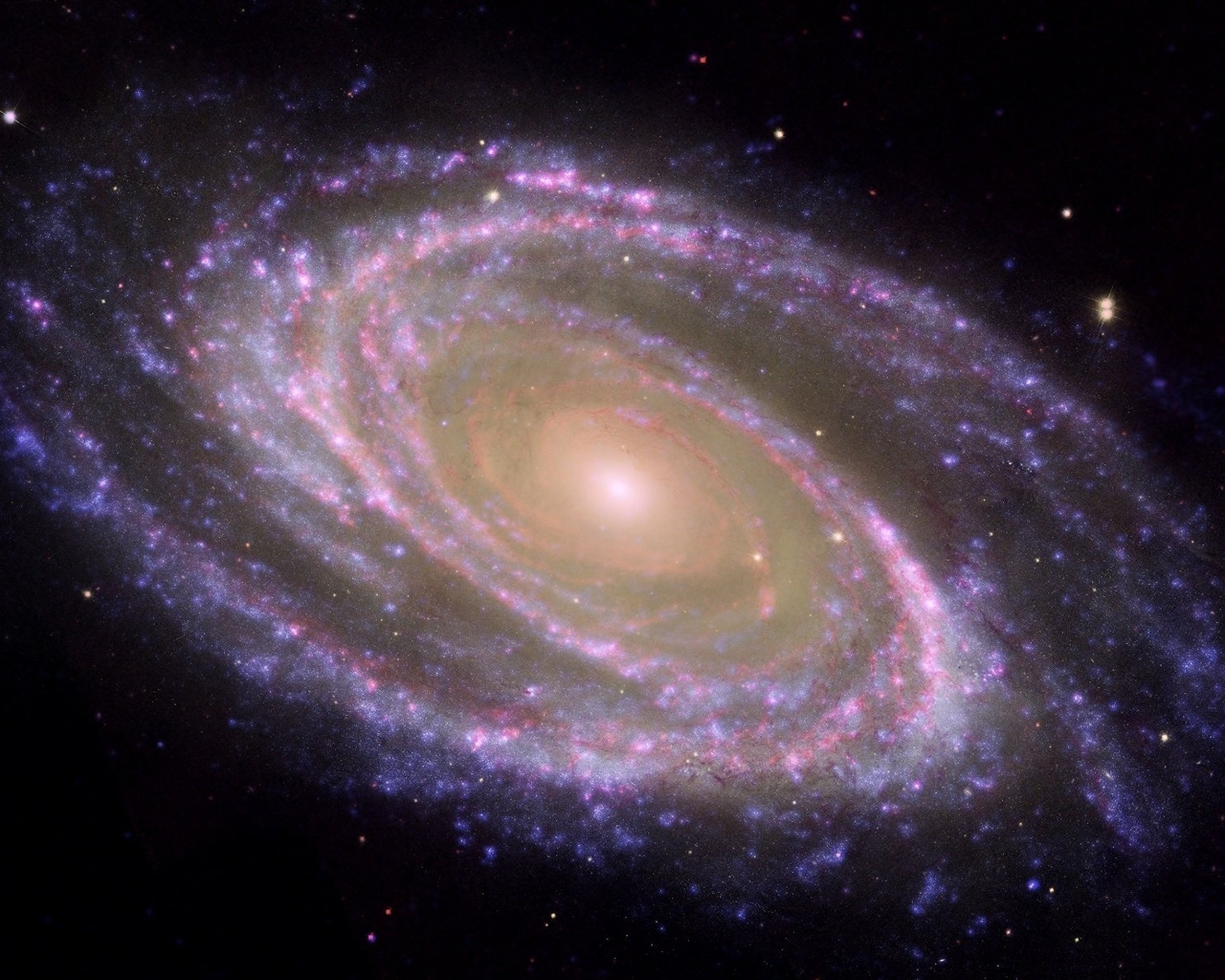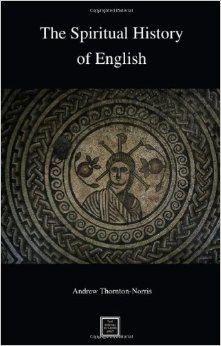Thornton Norris shows us that even if the poet or novelist is sincerely Catholic and trying to express truths that are consistent with the Faith, he is at a great disadvantage if he is seeking to express those truths with vocabulary and poetic forms that reflect a post-Enlightenment culture.
Moments of Vision, A Poem by Andrew Thornton-Norris
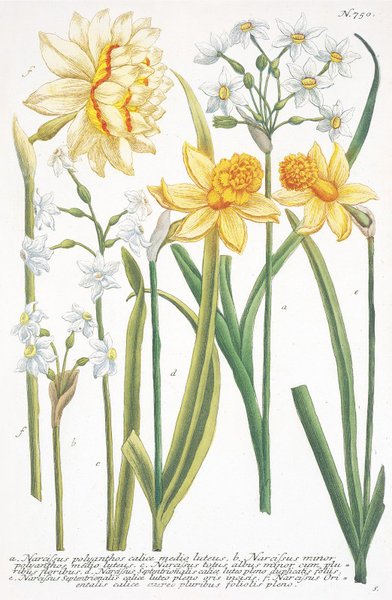 Andrew Thornton-Norris offers readers his new poem, Moments of Vision, along with an explanation of its composition. An Englishman based in the west of England, whose work is admired and published on both sides of the Atlantic, Andrew teaches literature and poetry at Pontifex.University.
Andrew Thornton-Norris offers readers his new poem, Moments of Vision, along with an explanation of its composition. An Englishman based in the west of England, whose work is admired and published on both sides of the Atlantic, Andrew teaches literature and poetry at Pontifex.University.
Andrew wrote an earlier blog posting called 'Redeeming Romanticism' by which he meant raising the purpose, or end of the genre to something higher, what it ought to be. In this poem he gives an example of what he was describing. I find it fascinating how he brings modern ideas of form into what has at its heart a traditional structure.
Moments of Vision
1. The Apophatic (After T.E. Hulme)
O moon hanging there not lighting up The darkness but just leaving it obscure, Reflecting light that's hidden for a time: You are the blessed sacrament that shines Upon the darkness of their majesty.
2. Helen's Face
The female body is the battlefield In the war that's taking place between The Word, the world, the devil and the flesh: The judgement cast upon it, lust that it Betrays and crimes that are committed there.
3. The Hymn of the Nuptial Mystery
In intimate relation we are in Eternal intimate relationship Within our souls and beating in our hearts The passion of transcendent being back Together that we thought we'd left behind.
4. Lent
The Forty Days and Forty Nights is when God's Kingdom is the desert where we meet Him in the hidden fasting and the prayer That separates us from the world outside And brings us to the peace of penitence.
5. Dead Souls
All beauty's holy and eternal and Destroyed by commodification, Which brings it back to dust in an Embittered fall from heaven earthward but The hope of faith is in the Death of God.
6. The Flower Bed
When I went back to the place where I Had slept and saw the mess of lying there I felt forboding of the grave and rushed To get away but now I see perhaps One heaven sent and love to contemplate.
7. WWW
When the whole world and all its life And history is here to hand and at The touch or click upon a button then The only way to turn to get away Is inwards, walk into the world within.
8. Sapperton Tunnel
Between the catchment of the Severn and The Thames, the way of life is different, The valley sides that crumble down into The houses flowing streamward down below, Suggestive of the valley of the Wye.
9. The Passion of the Lord is the Birth of Love
As fires from tiny flames great cities fell My love for you began with just a glance A word and then the conflagration grew Until the world was all aflame like stars That fall from skies above into our hearts.
10. The Walled Garden
Narcissus, yellow archangel, and then, Because of sympathetic magic, so Called lungwort: metaphysicians of the spring; But why are winter snowdrops purest white, O winter what has happened to your sting?
Brief note for students
This poem deals again with the subject of central concern to me: the deepest longings of the human heart, for love, joy, and peace for example, their frustrations, and how these experiences are most perfectly responded to, of any available belief system, by Catholicism. Its form is ten titled sentences of blank verse or unrhymed iambic pentameter. I chose this form because this is roughly how the ideas for the individual stanzas came to me as a group all around the same time. The idea of collage, or collection of disparate elements arranged around an overall theme rather than a logical narrative or argumentative structure is a modernist technique employed in other arts as well. Here it is combined with the most traditional form of English verse. The overall title is from a collection of poems published by Thomas Hardy in 1917.He is the last representative of a peculiarly English late-Romanticism, described as the last words of a dying protestantism by John Powell Ward in his book, The English Line. That line begins with Milton and only Philip Larkin was to attempt its resuscitation, describing himself as an "Anglican atheist". In Catholic terms, the title represents the moments of vision or contemplation when the pure of heart see God. It is therefore an attempt to redeem the Romantic form and subject through re-establishing the proper relationship of art to religion that I described in the last post.
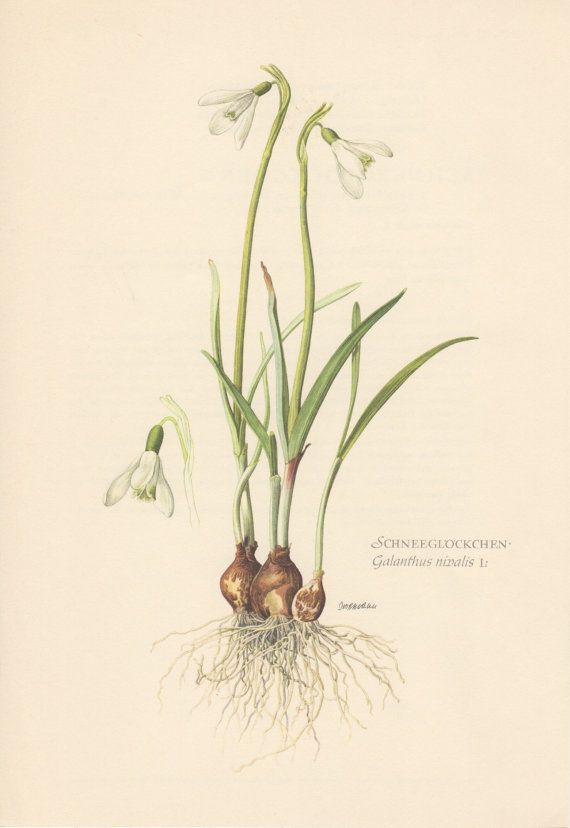
Dionysius, a poem by Andrew Thornton-Norris
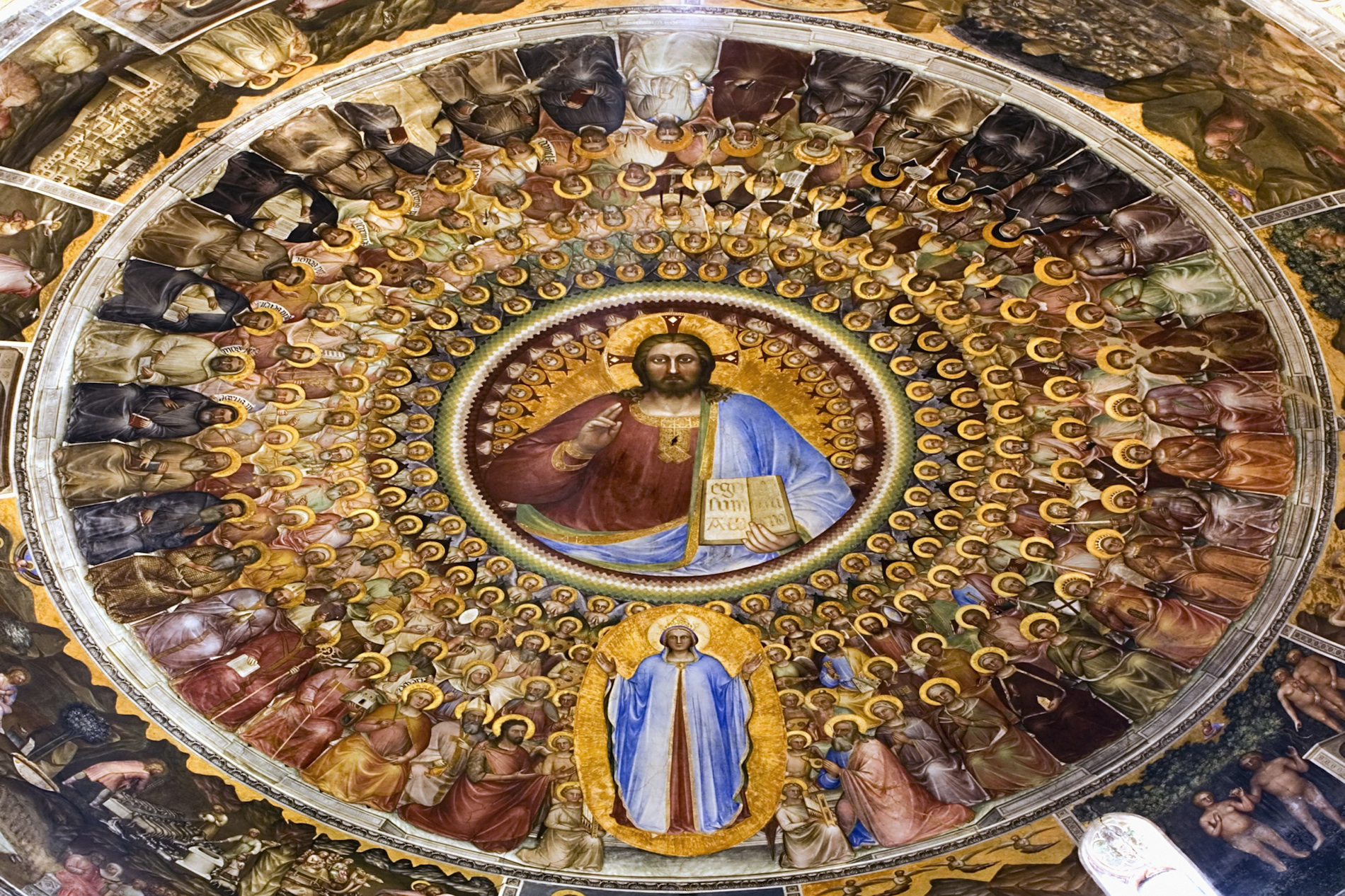 I know I said I wasn't going to write much, but I just saw this. It's a poem that I actually like. It's by Andrew Thornton-Norris. He wrote it after reading Hans Urs von Balthasar's description of the theology of Pseudo-Dionysius the Areopagite. Von Balthasar is almost as always hard work for me . He seems to be saying the right sort of things and I know that because all right sorts of people quote him when talking about beauty, so he must be good...but when you actually get to his texts I find he's very difficult to understand. Perhaps it is a mark of his genius, that H U von B has managed to produce a valid commentary on Pseudo-Dionysius that is even less intelligible than the original.
I know I said I wasn't going to write much, but I just saw this. It's a poem that I actually like. It's by Andrew Thornton-Norris. He wrote it after reading Hans Urs von Balthasar's description of the theology of Pseudo-Dionysius the Areopagite. Von Balthasar is almost as always hard work for me . He seems to be saying the right sort of things and I know that because all right sorts of people quote him when talking about beauty, so he must be good...but when you actually get to his texts I find he's very difficult to understand. Perhaps it is a mark of his genius, that H U von B has managed to produce a valid commentary on Pseudo-Dionysius that is even less intelligible than the original.
So, it's always a relief to let somebody else you can trust do all the hard work of reading Hans Urs von B. and then condense it and explain it you. This was once reason I am so glad that we have Pope Benedict. Anyway here's Andrew's succinct poetic summarization.
As he says, heaven is revealed in the liturgy......
Dionysius
As form contains the meaning of the work
So heaven is revealed in liturgy
The inward grace in sacramental sign
The mystery of being uncovering.
...
Ineluctable trinitarian light
The beatific vision happiness
The love that moves the sun and other stars
Our brother sun and sister moon and stars
Andrew is an Englishman and Resident Poet at the Imaginative Conservative (where this poem was published). He is also the author of a Spiritual History of English which has been endorsed by no less than Roger Scruton and Fr Aidan Nichols and was reviewed by the Times (that's the 'London Times' to Americans).. and amongst many others, myself. My review of his book is called - A Book for Anyone Interested in the Evangelization of the Culture.
I like the way he talks about literature and poetry. He analyses content and form and relates them to the world view of the poet or author. In this there are many parallels to my own analysis of art. In his book he describes how the structure of the English language and the use of vocabulary has changed to reflect the broadly held worldview of the English speaking peoples of the time. In his analysis, the language itself, and not just the way it is used has become gradually more impoverished since the time of Shakespeare and the language we speak today is a direct reflection of the cumulative effects of the Reformation, the Enlightenment and Modernity.
So if you have complaints about my prose, I say it's not my fault... it was the Reformation wot dunnit.
A Book for Anyone Interested in the Evangelization of the Culture
The Spiritual History of English by Andrew Thornton-Norris
What makes a piece of literature or art Christian? Some would say just the content, that is what is said. Some on the other hand would say both the content and the structure, that the way in which those truths are conveyed can communicate more fully the truths. In other words its not just what you say that's important, but also how you say it. If this is the case then it means that the style of prose or poetry can be Christian (or un Christian) as much as the meaning of the words considered apart from that style.
Any regular reader of this blog will know that I have long maintained that the style of art is every bit as important as the content, and that since the Enlightenment that style has declined because artists have rejected the traditional Catholic forms.
In this slim volume, the English Catholic poet Andrew Thornton-Norris does for poetry and prose what I have been trying to do with art. He relates the actual structure of the writing and the vocabulary used to the worldview of the time. See he shows us, for example, how even if the poet or novelist is sincerely Catholic and trying to express truths that are consistent with the Faith, he is at a great disadvantage if he is seeking to express those truths with the vocabulary and poetic form that reflect a post-Enlightenment culture.
I am not an expert in literary or poetic form and, to be honest, not interested enough in either to seek to become one. So I had to take what what Mr Thornton-Norris's descriptions of form at face value. However, I agree with his analysis of modernity, which he sees, right down to the present day as ever greater degrees of the protestant heresy. Chapter by chapter he analyses and critiques the worldview of the Englightenment and through to the present day. So the philosophies behind neo-classicism, Romanticism, Modernism and Post Modernism are each presented as differing reactions against Christianity and ultimately the authority of the Catholic Church. He then connects each with the cultural forms.
Because he is dealing with the English language, he first describes the rise of the language as a distinct vernacular and connects this with the Faith. He argues that the very idea of the English as a nation comes from the Church through Pope Gregory the Great and his emissary St Augustine of Canterbury. He then describes how the language and literature developed in the light of this through the influence of figures such as Bede, Alcuin of York and King Alfred the Great.
Then after the great heights of writers such as Chaucer and finally Shakespeare, he argues it was all downhill. As he puts it in the beginning of his concluding chapter: 'This book has argued that English literature has declined, almost to the point of non-existence. In this and previous chapters we have examined what remains: the entrails, the shipwrecks so to speak. It has argued that this decline has been concurrent with that of English Christianity, and it has examined the relationship between these two phenomena'.
This means that he is much more suspicious of the Romantic poets, for example, than many other Catholic commentators. I like the idea of this, firstly because it makes me feel less of a philistine for finding them really dull in the first place, but also because this parallels exactly my analysis of painting, in the Romantics and all thereafter are, in my opinion inferior to earlier Christian forms (along with neo-Classicism, Modernism and Post-modernism).
He is discussing general trends, and is not inclined to dismiss all examples of English literature in these periods. But rather points out the great disadvantage that those poets and novelists who were trying to express something that is consistent with the Faith had. The were restricted, generally, to the vocabulary and structural forms of the language at the time in which they lived and because these were affected by one form or another of a post-Enlightenment anti-Catholic worldview always struggled to escape their time.
Furthermore, Mr Thornton-Norris clearly believes that through the prism of literature, you can point to problems with the whole culture, which are at root related to the rejection of the Faith and its forms of worship. This again is very similar to myself in regard to visual art and so the idea appeals to me.
This is a short read but it contains a lot of ideas that need time to be considered carefully. One of the reasons that the writer has managed to condense so much into just over 150 pages it is that he assumes that the reader is already aware of the broad trends in history in England since the time of Pope Gregory the Great, of the philosophical developments that took place in parallel with the historical events, and of what the literary forms that he describes are. As mentioned, I fell short particularly in the last of these areas. If he had written this for an intelligent but less well informed audience, he would have had to spend a long time defining his terms and explaining their meaning. He chose not to do this and as a result this is unlikely to be accessible to a mass readership. However, I think that the ideas that it contains should be considered and perhaps those whose mission it is to popularize ideas might look at it and if they believe that they have merit, might apply their skills to those contained in A Spiritual History of English.
— ♦—
My book the Way of Beauty is available from Angelico Press and Amazon.
—JAY W. RICHARDS, Editor of the Stream and Lecturer at the Business School fo the Catholic University of America said about it: “In The Way of Beauty, David Clayton offers us a mini-liberal arts education. The book is a counter-offensive against a culture that so often seems to have capitulated to a ‘will to ugliness.’ He shows us the power in beauty not just where we might expect it — in the visual arts and music — but in domains as diverse as math, theology, morality, physics, astronomy, cosmology, and liturgy. But more than that, his study of beauty makes clear the connection between liturgy, culture, and evangelization, and offers a way to reinvigorate our commitment to the Good, the True, and the Beautiful in the twenty-first century. I am grateful for this book and hope many will take its lessons to heart.”





